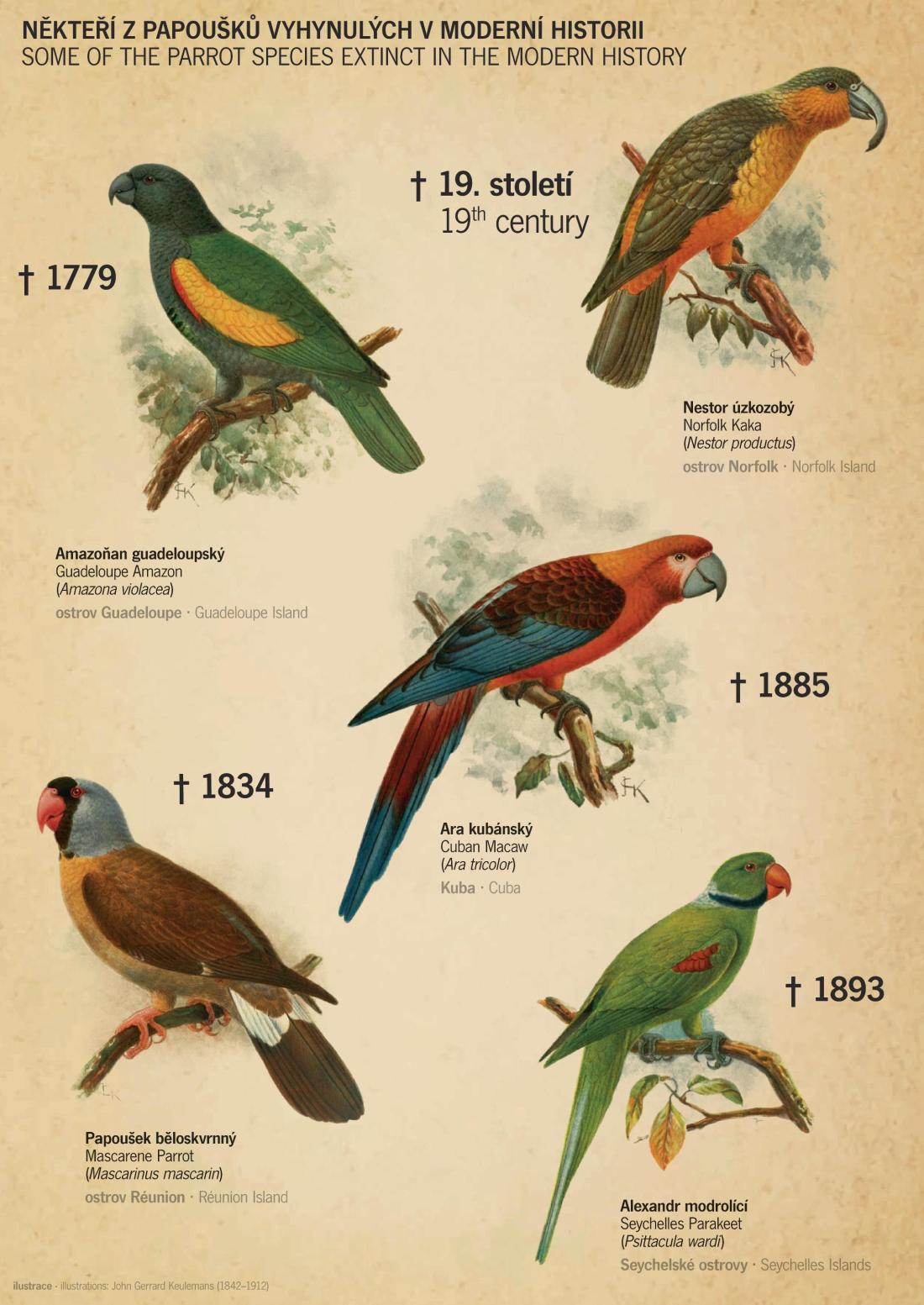Too many bird species are finding it hard to cope with habitat destruction, illegal pet trade trapping, and climate change. Macaws are some of the most beautiful parrots in South America, and the easiest to spot in the forests; take a look at how much their original range has changed over the last century or so.
Continue reading “Macaws and Where to Find Them”Category: conservation
Another Look at Conservation Wins
With the United States’ recently passed bill that will improve our standing on the planet’s survival, it’s a good time to look at other forward steps that have been made in the conservation area. While I usually focus on birds that have been saved, I’ll look at all life in this overview. We have at least learned that all life, plants, insects, mammals, birds, reptiles, fish, amphibians, etc., are connected in their natural biomes.
Continue reading “Another Look at Conservation Wins”Global Rainforest Conservation
Several years ago, someone who reads these blog posts on Facebook complained about the recurring subject of climate change. This person called the subject a political one. I needed several hours to figure out what she was talking about. Now I know that there are people who are otherwise intelligent but who do not want to take any responsibility for global warming. I don’t know how to deal with that.
Continue reading “Global Rainforest Conservation”Is Conservation Working?
In the Lunar calendar, 2022 is the Year of the Tiger. How wonderful that is for conservationists working to preserve the endangered cat. Back in 2010, the 13 countries lucky enough to have a tiger population met in a summit in St. Petersburg, Russia, to sign a declaration to double the number of tigers before the next “Year of the Tiger”.
Continue reading “Is Conservation Working?”Good News for a Change
When anyone brings up the subject of Climate Change, listeners react in various ways according to their ideologies. More conservative people might still think that all this fuss about weather and a warming planet is exaggerated or totally made up. More liberal people might think we are past the point of no return and will have to prepare to live on a planet that grows increasingly hostile to humans and animals.
Continue reading “Good News for a Change”The Scars on the Planet
Did you know that birds are the best monitored creature on Earth? From amateur bird enthusiasts sending in quarterly counts and the annual Christmas Bird Count, from reintroducing birds to areas where they have disappeared to counting eggs and chicks in nests, we know our wild birds. Somehow, we still have managed to lose numbers of birds so that they are not actually extinct but have been affected by “shrinking baseline syndrome” due to all the usual reasons. Humans changing their habitats, humans using pesticides to kill off their food sources, and humans making migration, already a difficult process, even harder.
Continue reading “The Scars on the Planet”Plastic Conservation
Imagine planet Earth is about to self-destruct from any number of human-created crises. The good news is, a huge Generation starship has been created to take many humans to another planet. The bad news is, the price of a ticket is the amount of plastic conservation you have done in your lifetime.
Continue reading “Plastic Conservation”The American Federation of Aviculture’s Conservation Activities
Since 1974, the American Federation of Aviculture (AFA) has had this Mission Statement: The mission and purpose of AFA shall be to promote the advancement of Aviculture through educational programs that support the advancement and improvement of breeding practices, husbandry practices, and living conditions for exotic birds, conservation, research and legislative awareness. Their web site landing page is full of great things for all lovers of birds. There are courses to take, archives of the AFA Magazine articles on line, the how and why of leg bands, and news from their disaster relief programs.
Continue reading “The American Federation of Aviculture’s Conservation Activities”Conservation Comes to Our Homes
We are the people who will experience the worst of changes in climate and weather. We will see the loss of so many animals and lots of land. It’s vital that we do what we can now. There are people who are trying to make that easier every day.
Continue reading “Conservation Comes to Our Homes”California’s Ark
The Los Angeles Times recently published an in-depth article about various groups attempting to save plants and animals from extinction. Fire and heat, increasing in this part of the world due to climate change, are seriously threatening the wildlife we love in our state. Botanists are collecting seeds, scientists are relocating specimens for captive breeding, and conservationists are campaigning to have important habitats declared national monuments.
Continue reading “California’s Ark”









